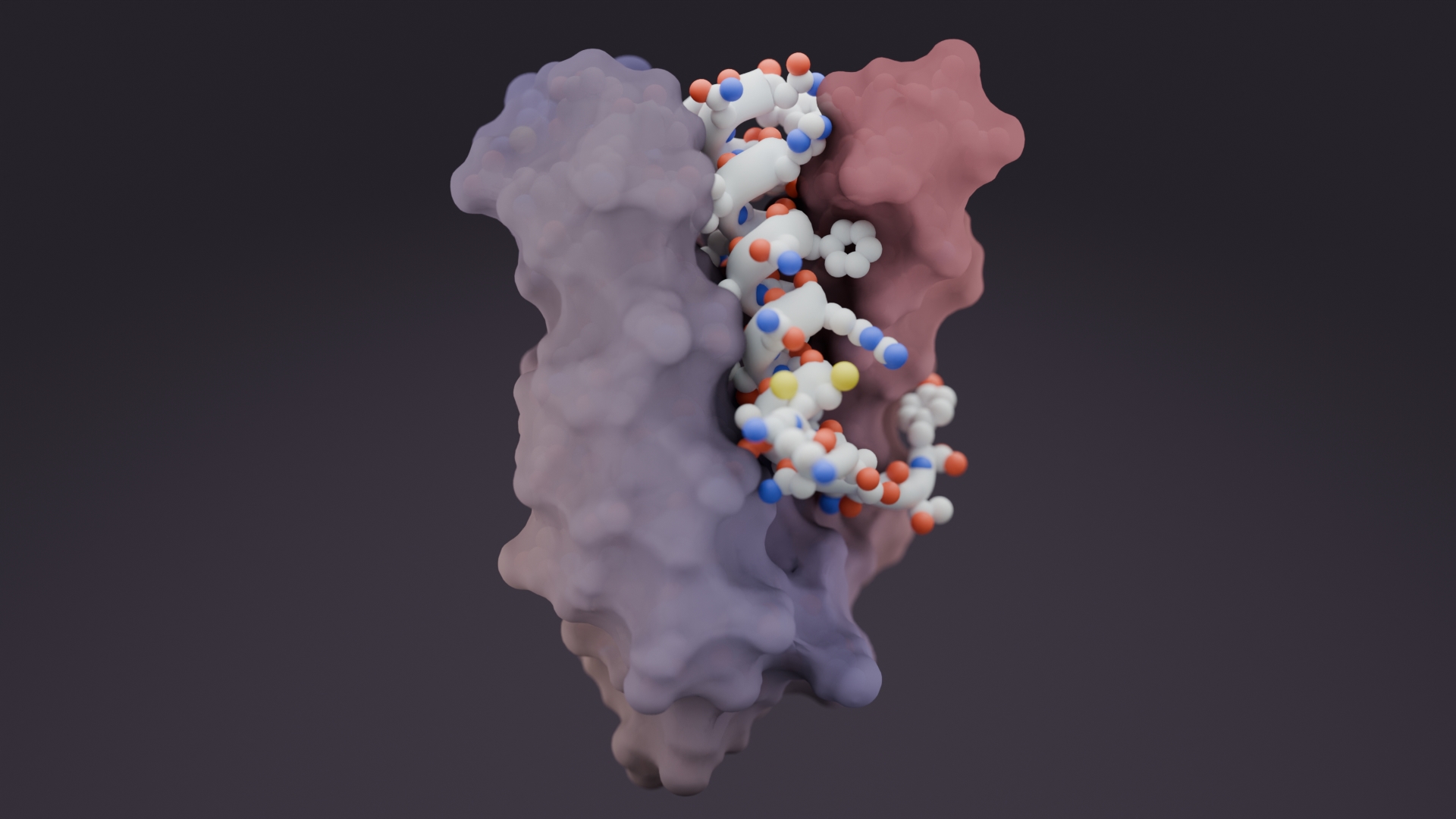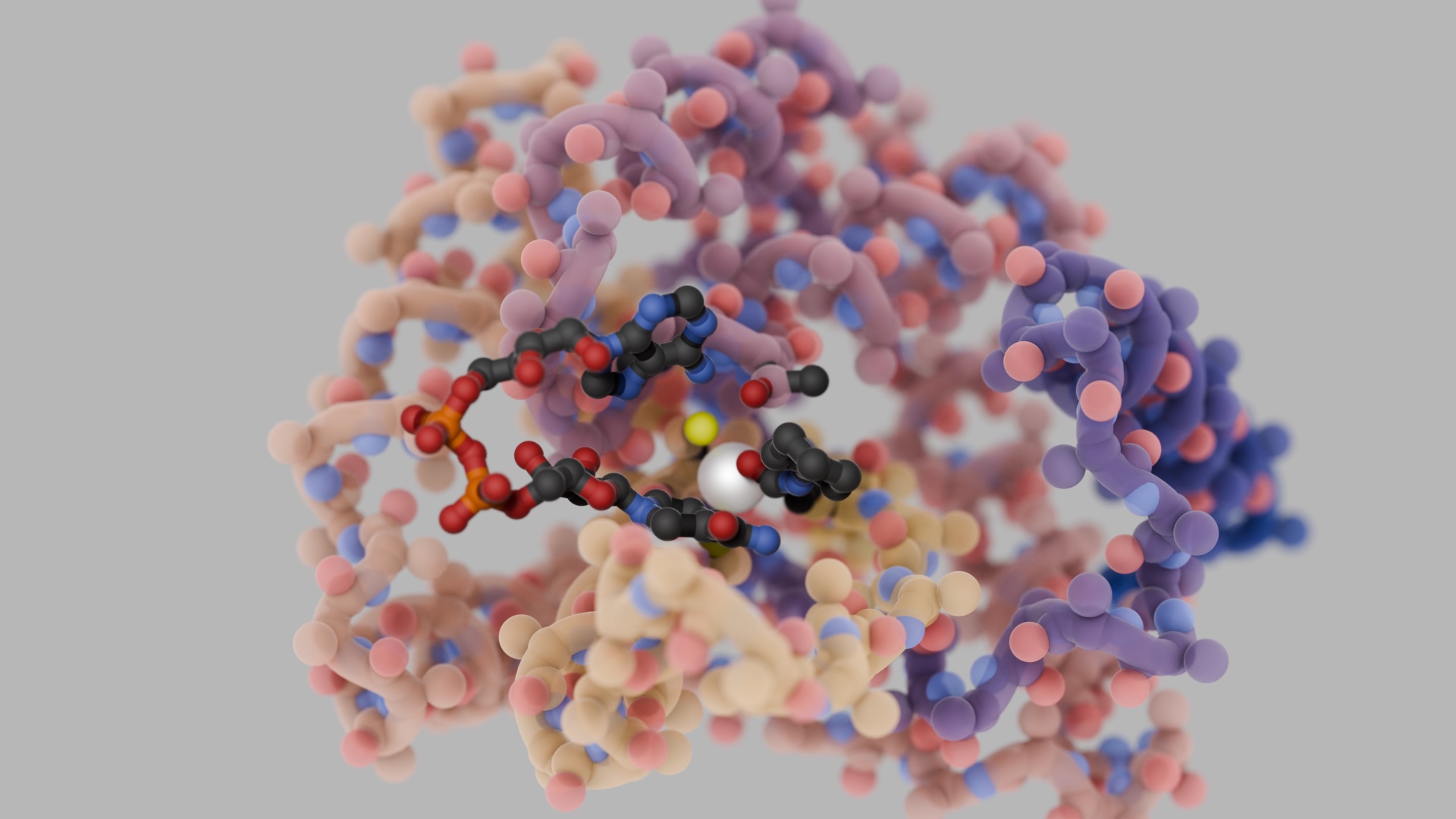We create new proteins that solve challenges in medicine, technology, and sustainability.
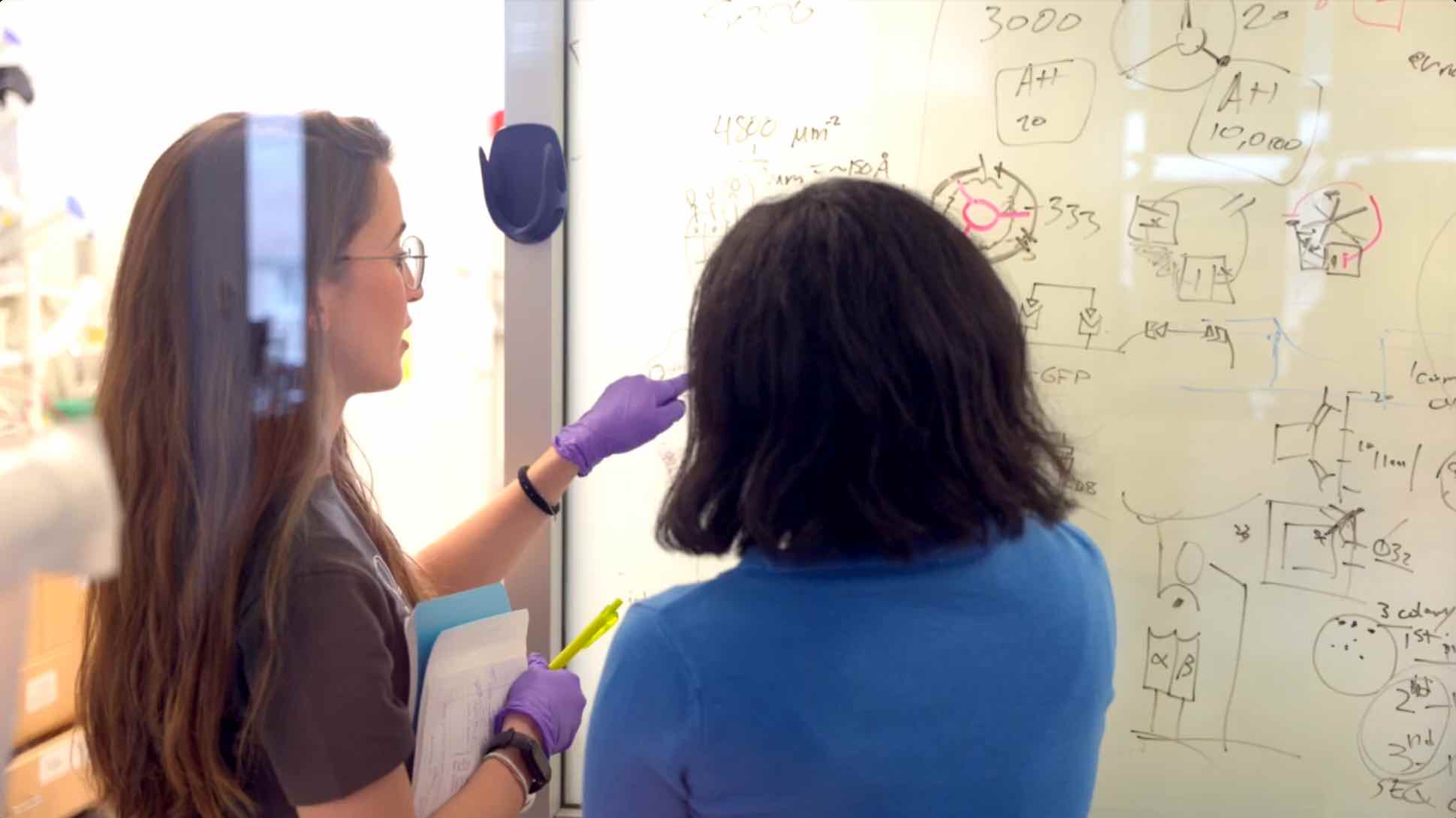
Latest
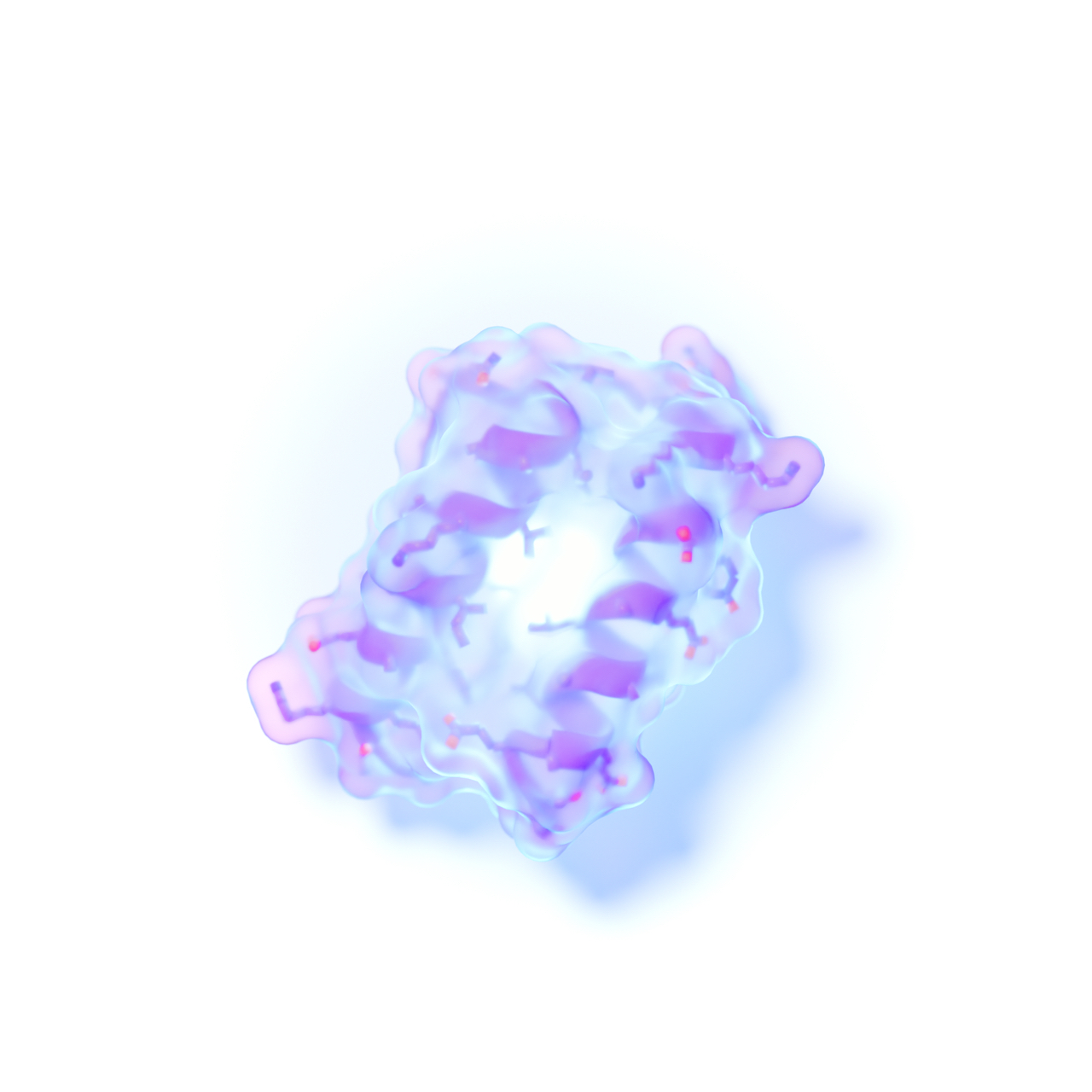
What is protein design?
Read our Beginner’s Guide
Proteins can do remarkable things, from blocking infection to harnessing solar energy. Drawing inspiration from these natural marvels, we seek to design equally useful molecules from scratch.
Our work is unlocking a new era of medical treatments and innovative materials, tapping into biology’s inherent efficiency, scalability, and sustainability.
Our Research
Explore our most impactful scientific software
Protein Therapeutics
Computer-generated molecules that reprogram cells, block infection, capture toxins, and more.
Next-Generation Vaccines
Highly stable and customizable vaccines for influenza, HIV, cancer, and beyond.
Advanced Drug Delivery
Nanoscale protein assemblies that move therapeutics to specific cells within the body.
Biological Devices
Programmable switches, sensors, and molecular machines that function inside cells.
Self-Assembling Nanomaterials
Atomically precise materials with applications in solar energy, imaging, and basic research.
Bioactive Peptides
Chemically synthesized molecules with predictable structures and functions.
Algorithm Development
Biomolecular modeling and computational design are at the heart of everything we do.
Impact
From launching successful companies to delivering the world’s first computationally designed protein medicine, our impact extends far beyond our labs.
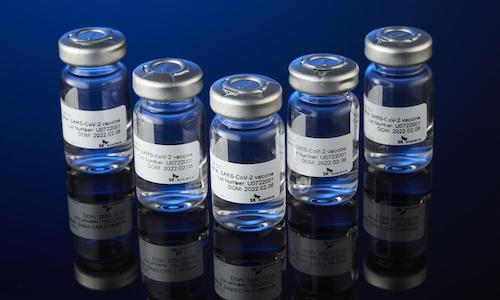
RESEARCH SPOTLIGHT
Our royalty-free COVID-19 vaccine
A vaccine for COVID-19 that uses our protein design technology has been approved in the United Kingdom and South Korea. The vaccine is also the 12th COVID-19 vaccine in the world to be granted an Emergency Use Listing by the World Health Organization.
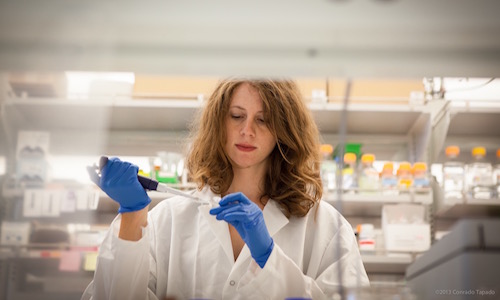
BEYOND THE INSTITUTE
A promising treatment for Celiac disease
KumaMax is an enzyme designed to treat Celiac disease. Research on it began here as an undergraduate project and would go on to form the basis of a spinout company. Takeda Pharmaceuticals is now testing KumaMax in the clinic.
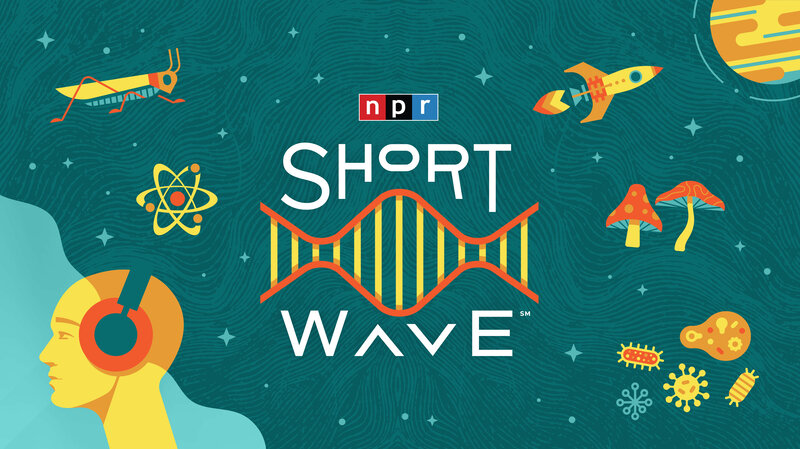
BREAKTHROUGH AI
NPR: AI is transforming protein science
NPR’s daily science podcast Short Wave recently explored the potential impact and the limitations of new AI tools for protein science and why researchers hope these tools will solve a range of problems, from disease to the climate.
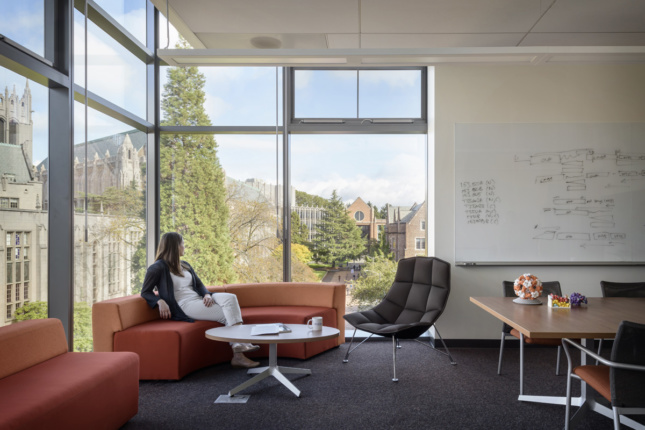
Get Involved
Whether you’re a student, researcher, partner, or supporter, there’s a place for you in the protein design revolution.

